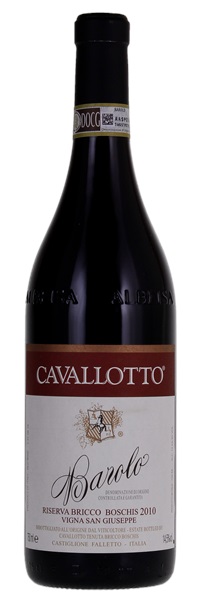Estimate

The wine makes a delicate but lasting impression on the senses with lingering tones of wild berry, licorice and white truffle. All the aromas are pegged to a concrete sense of place. There is a savory and warm side to the bouquet that builds in momentum.
An old-school style, this complex red features an array of cherry, berry, leather, tobacco and underbrush flavors, backed by a dense, beefy structure. Long and powerful, with a savory, saline aftertaste.
...hits the palate with seemingly never-ending array of aromas, flavors and textures. Dark-fleshed stone fruits, graphite, smoke, licorice and tar are some of the many nuances...
Aromas suggesting forest floor, ripe berry, leather, scorched earth and a hint of cured meat slowly emerge on this full-bodied red. The firm concentrated palate offers dried black cherry, grilled herb, star anise and clove...
Supple and lifted cherry... Real grip and tannic power on a racy, long, cherry finish.